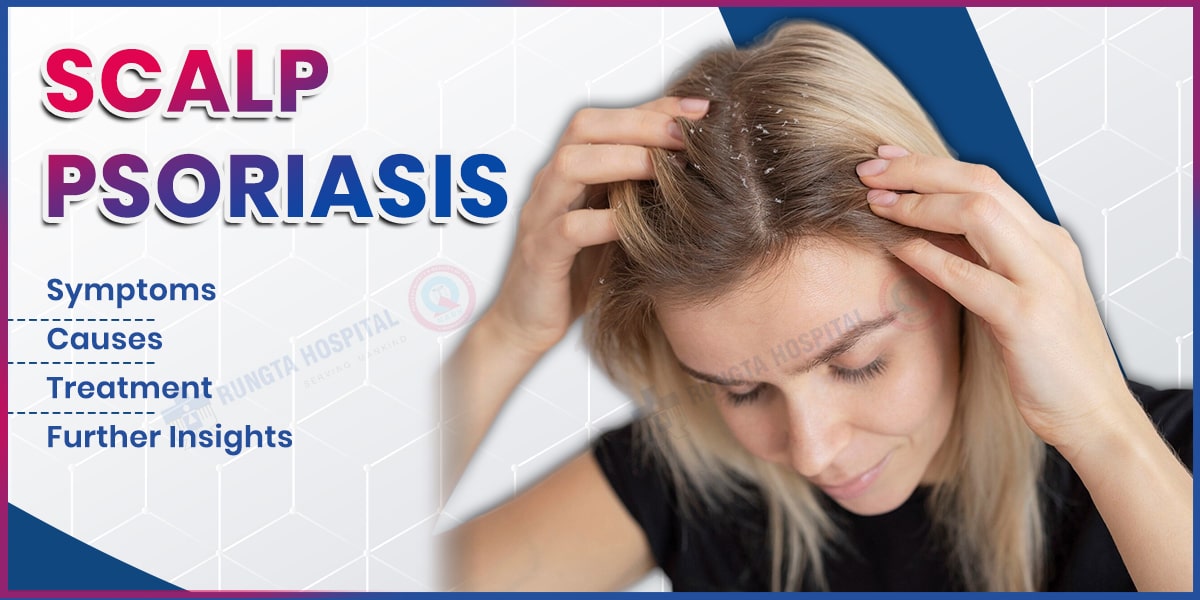
Rotablation angioplasty, a specialized form of percutaneous coronary intervention (PCI), offers a minimally invasive solution for treating severely calcified coronary arteries. This innovative procedure utilizes a high-speed rotational device equipped with a diamond-coated burr to gently abrade calcified plaque, allowing for smoother vessel expansion and improved blood flow. In this article, we will delve into the mechanism of rotablation angioplasty, its indications and contraindications, procedural steps, and potential complications. Moreover, we will explore the expertise of Rungta Hospital, renowned for its cutting-edge facilities and skilled medical professionals, in conducting successful rotablation procedures and providing comprehensive cardiac care.
Rotational or Rotablation angioplasty is a procedure used to treat coronary artery disease (CAD), particularly when plaque buildup within the arteries restricts blood flow to the heart. Here are some of the benefits associated with Rotablation angioplasty:
You Can read also:- Chapped Lips: Symptoms, Causes, Diagnosis, Treatment, and Prevention
Rotablation angioplasty serves several purposes in the treatment of coronary artery disease (CAD):
The procedure of Rotablation angioplasty involves several steps and is typically performed in a cardiac catheterization laboratory by a team of interventional cardiologists and specialized nurses. Here’s an overview of the procedure:
Patients typically receive instructions for post-procedure care, including limitations on physical activity and medications to prevent blood clots and reduce the risk of complications.
Rotablation angioplasty is primarily a treatment for coronary artery disease (CAD), specifically targeting the blockages or narrowing of the coronary arteries. However, it is often used in conjunction with other treatments to optimize outcomes. Here are some treatments that may be combined with Rotablation angioplasty:
Recovery time following Rotablation angioplasty is typically shorter compared to traditional open-heart surgeries. Most patients can return home the same day or within 24 hours after the procedure, although this may vary depending on individual circumstances and any complications that may arise. While some patients may experience mild discomfort or bruising at the insertion site, these symptoms generally resolve within a few days. Patients need to follow their healthcare provider’s instructions regarding post-procedure care, which may include restrictions on physical activity, medications to prevent blood clots, and follow-up appointments for monitoring. Overall, with proper care and adherence to post-procedure guidelines, patients undergoing Rotablation angioplasty can expect a relatively quick recovery and a return to normal activities within a short period.
In conclusion, Rotablation angioplasty stands as a promising intervention in the realm of cardiovascular care, offering effective treatment for complex coronary artery disease. At Rungta Hospital Jaipur, we are committed to staying at the forefront of medical innovation, consistently providing advanced techniques like Rotablation angioplasty to our patients. Our team of skilled cardiologists and state-of-the-art facilities ensure optimal outcomes and patient satisfaction. With a dedication to excellence in interventional cardiology, Rungta Hospital stands as a beacon of healthcare excellence, reaffirming our position as the premier destination for cutting-edge cardiac care.
We have been dedicated to providing exceptional healthcare since 1990. Our premiere, multi-specialty tertiary care hospital is renowned for its medical excellence, compassionate healthcare workers, and a dedicated team of consultants.

Copyright © 2025 Rungta Hospital. All Rights Reserved